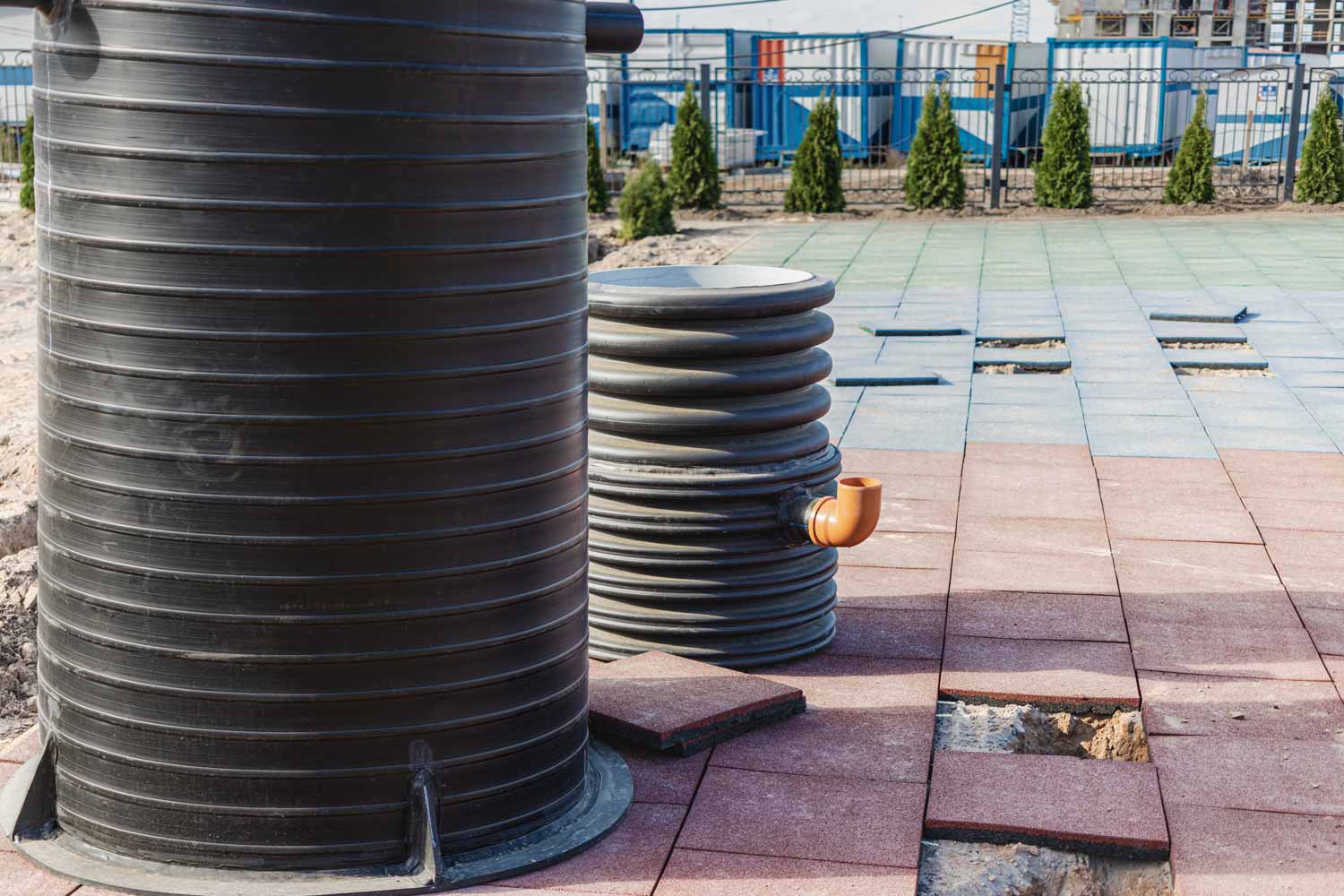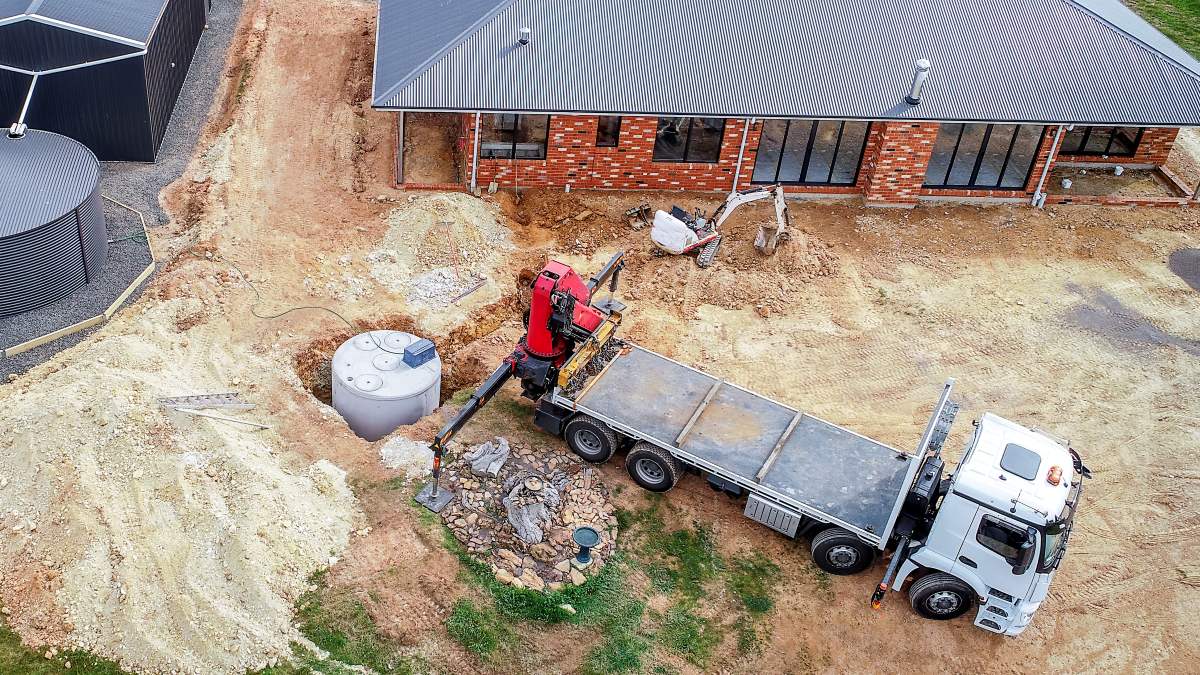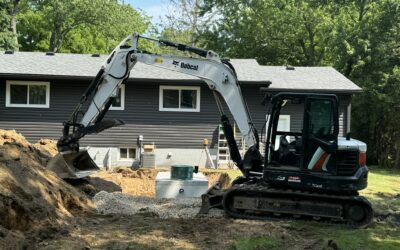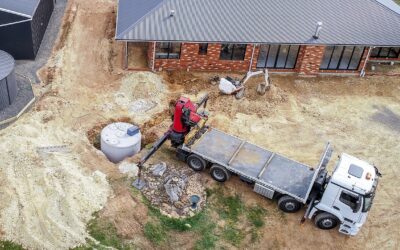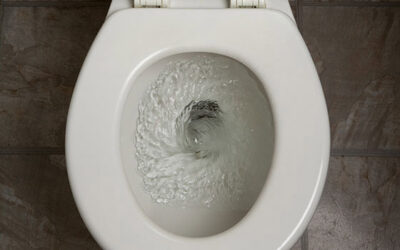What is the Best Septic System to Get?
If your home or business is not connected to a municipal sewer line, you’ll need a septic system to manage wastewater safely. But with so many options available, many property owners ask: what is the best septic system to get?
The answer depends on your property size, soil type, water table, budget, and local regulations. At BEST Plumbing and Drainage Contractors, we’ve been helping Canadians choose, install, and maintain septic systems for over 50 years. In this guide, we’ll break down the different types of septic systems, their pros and cons, factors that influence your choice, costs, and maintenance needs. We’ll also answer some of the most common questions homeowners ask when trying to decide which septic system is best.
Understanding Septic Systems
A septic system is a self-contained wastewater treatment system designed for properties without access to city sewers. Wastewater from toilets, sinks, and laundry enters a septic tank, where solids settle and bacteria break down organic matter. The partially treated water then flows into a drain field, where soil filters and treats it before it returns to the groundwater.
Septic systems are especially common in rural and suburban areas across Ontario and Canada, where municipal infrastructure isn’t available.
For a deeper dive into how septic systems work, check out our Septic Systems blog series.
Types of Septic Systems: Which One is Best?
When asking “what is the best septic system to get,” it helps to compare the most common options.
1. Conventional Septic Systems
How it works: A tank separates solids from liquids, and treated wastewater flows into a gravel-based drain field.
Best for: Large properties with good soil drainage.
Pros: Affordable, reliable, and low-maintenance.
Cons: Requires significant land and doesn’t work well in rocky or clay-heavy soils.
2. Chamber Systems
How it works: Similar to conventional systems but uses chambers instead of gravel.
Best for: Properties with high groundwater levels or limited land.
Pros: More adaptable than conventional systems.
Cons: Higher upfront cost.
3. Drip Distribution Systems
How it works: A pump delivers wastewater through a network of small tubes that drip effluent into the soil.
Best for: Sloped, irregular, or smaller properties.
Pros: Efficient and space-saving.
Cons: Requires pumps, filters, and ongoing maintenance.
4. Aerobic Treatment Units (ATUs)
How it works: Oxygen is introduced into the tank to promote bacterial breakdown of waste.
Best for: Areas with high water tables or poor soil conditions.
Pros: Produces cleaner effluent than conventional systems.
Cons: Needs electricity and frequent servicing.
5. Mound Systems
How it works: Wastewater is pumped into a raised sand mound before being filtered into the soil.
Best for: Properties with shallow soil, clay, or bedrock near the surface.
Pros: Works in challenging soil conditions.
Cons: Highly visible and expensive.
6. Sand Filter and Constructed Wetland Systems
Sand Filter: Filters wastewater through layers of sand before releasing it.
Constructed Wetland: Uses plants and microbes to mimic natural wetlands and treat wastewater.
Best for: Environmentally conscious property owners.
Cons: Require specialized design and higher installation costs.
Factors That Determine the Best Septic System for You
The “best” septic system isn’t one-size-fits-all. It depends on:
Soil Type: Sandy soil absorbs water well, while clay-heavy soil may require an advanced design.
Property Size: Large lots can support conventional systems, while small properties may need compact designs.
Water Table & Flooding: High water tables require mound or aerobic systems to prevent contamination.
Local Regulations: Each municipality has specific rules for septic installation and design. See Ontario’s septic regulations for details.
Budget: Some systems are cheaper to install but costlier to maintain, and vice versa.
How Much Does a Septic System Cost in Canada?
Costs vary widely depending on system type and site conditions.
Conventional systems: $10,000 – $15,000
Chamber or mound systems: $15,000 – $25,000
Aerobic systems: $20,000+ (plus annual service costs)
Maintenance: Tank pumping every 3–5 years ($300 – $600) and inspections ($150 – $300 annually)
Investing in the right system upfront helps avoid costly repairs or replacements later.
At BEST Plumbing and Drainage Contractors, we provide complete septic system installation, repairs, and ongoing maintenance. Learn more about our services here: Septic System Services
Environmental Considerations
Modern septic systems are designed to protect the environment by preventing groundwater contamination. The best septic system for sustainability will:
Reduce the risk of contaminating drinking water sources
Use natural filtration to clean wastewater
Minimize chemical or energy use (eco-friendly systems like wetlands are ideal)
For more technical guidance, you can also review the U.S. EPA’s wastewater management resources.
Septic System Maintenance: Keeping Your System in Top Shape
No matter which system you choose, maintenance is key to making it last 20–40 years or more.
Best Practices
Pump the tank every 3–5 years
Schedule annual inspections
Conserve water usage in your home
Never flush grease, wipes, or chemicals
Keep heavy vehicles and construction away from the drain field
Warning Signs of Problems
Slow drains or sewage backups
Bad smells near the drain field
Pooling water in the yard
Gurgling sounds in pipes
If you notice these, contact a professional immediately to prevent costly damage.
FAQs: What is the Best Septic System to Get?
1. What septic system lasts the longest?
Conventional systems can last 30–40 years with proper care. Aerobic systems may need more frequent servicing but can also be long-lasting.
2. What is the cheapest septic system to install?
Conventional systems are usually the most affordable upfront. However, they aren’t always possible depending on soil and land size.
3. Which septic system is the most eco-friendly?
Constructed wetlands and aerobic systems provide the cleanest effluent and reduce environmental impact.
4. How do I know which septic system is right for me?
The best system depends on soil tests, property size, water table, and local codes. A licensed contractor should evaluate your site.
5. Can I install my own septic system?
No. Septic installation requires permits and must meet strict health and environmental standards. Always hire licensed professionals.
For more common questions, see our complete Septic System FAQs.
Why Choose BEST Plumbing and Drainage Contractors?
At BEST Plumbing and Drainage Contractors, we specialize in:
Soil testing and site evaluation
Professional installation of all septic system types
Scheduled maintenance and emergency repairs
Eco-friendly wastewater solutions
With over 50 years of experience, a reputation for quality, and warranties on our work, we’re trusted by homeowners and commercial property managers across Ontario. Learn more about us here.
Final Thoughts
So, what is the best septic system to get? The answer depends on your property’s soil, size, water table, and budget. For large rural properties with sandy soil, a conventional system may be best. For smaller lots or challenging soil, advanced systems like aerobic units, mounds, or drip distribution may be the right choice.
No matter which system you choose, working with trusted professionals ensures your septic system will be safe, reliable, and built to last.
Contact BEST Plumbing and Drainage Contractors today to schedule a consultation and find the best septic solution for your home or business.


